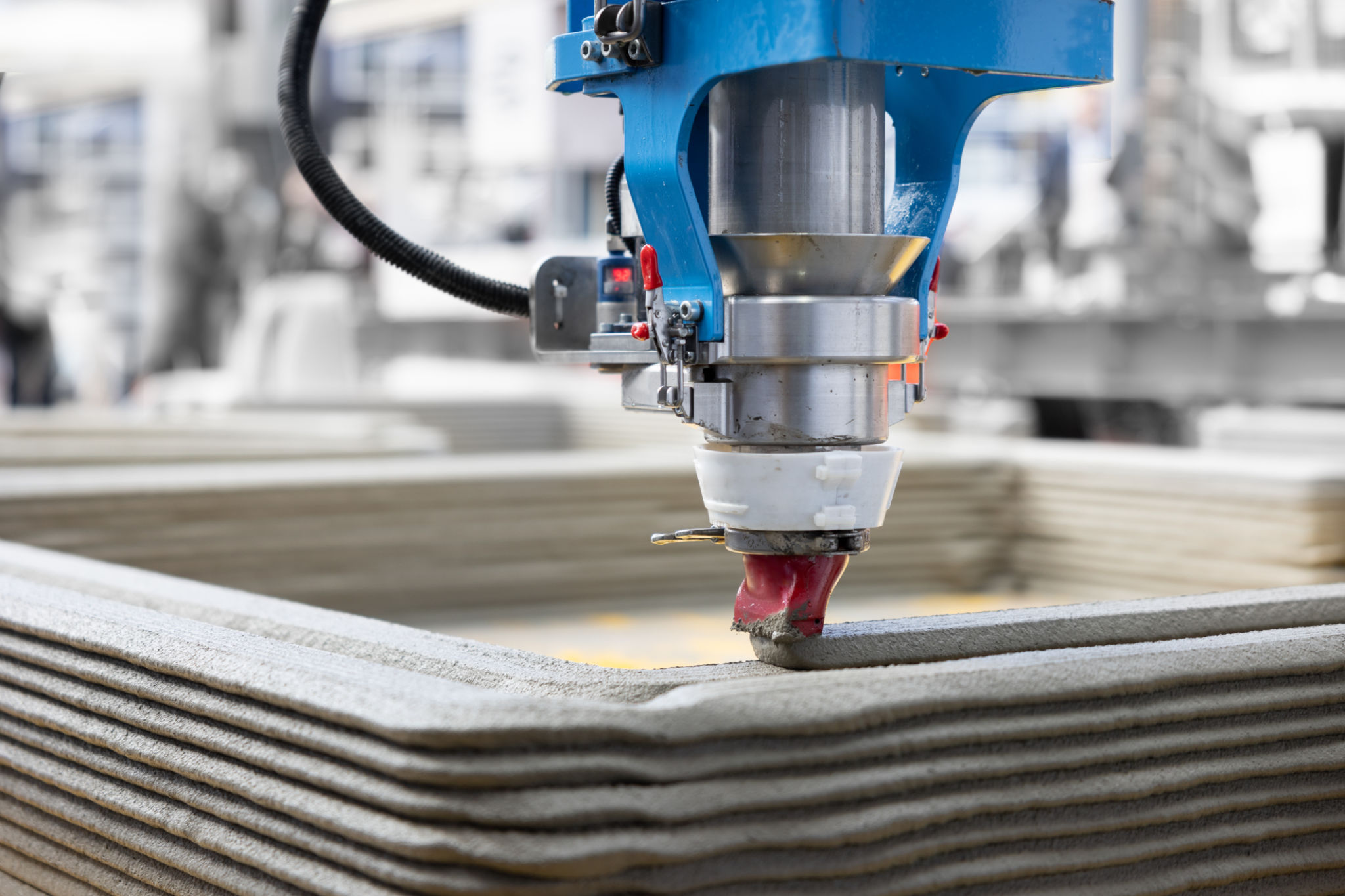Innovations in 3D Printing: Trends Shaping the Industry
Introduction to 3D Printing Innovations
The world of 3D printing is rapidly evolving, with innovations transforming industries from healthcare to aerospace. As technology continues to advance, the capabilities and applications of 3D printing are expanding, leading to trends that are shaping the future of manufacturing and design. This article explores some of the most exciting innovations in 3D printing and how they are impacting various sectors.

Materials Revolution
One of the most significant trends in 3D printing is the development of new materials. Initially, 3D printing was limited to plastics, but today, a wide range of materials are available, including metals, ceramics, and even bio-materials. These materials are opening up new possibilities for creating complex structures that were previously impossible to manufacture.
Metal 3D printing, for example, is gaining traction in industries such as aerospace and automotive, where strength and durability are paramount. Meanwhile, bioprinting is paving the way for breakthroughs in medical science, with researchers exploring the potential for printing human tissues and organs.
Advancements in Printing Speed and Precision
Another area of innovation is the speed and precision of 3D printers. New technologies are enabling faster printing times without sacrificing quality. This improvement is crucial for industries that rely on rapid prototyping and production timelines.

Moreover, advancements in precision mean that intricate designs can be executed with an exceptional level of detail. This capability is particularly beneficial in fields such as jewelry design and dental prosthetics, where accuracy is essential.
Software Enhancements
The software that drives 3D printers is also undergoing significant enhancements. With more intuitive interfaces and robust features, software developments are making it easier for designers and engineers to create and modify models. These improvements are democratizing access to 3D printing technology, allowing more people to engage with it creatively.
- User-friendly design interfaces
- Enhanced simulation tools
- Integration with AI for optimized designs
Sustainability in Focus
Sustainability has become a central concern in many industries, and 3D printing is no exception. Innovations in sustainable materials and processes are helping to reduce waste and energy consumption. By utilizing recycled materials or biodegradable options, companies are striving to minimize their environmental impact.

Furthermore, on-demand manufacturing facilitated by 3D printing reduces overproduction and inventory surplus. This capability not only supports environmental goals but also enhances economic efficiency.
Industry Applications Expanding
The application of 3D printing is expanding across various industries. In healthcare, personalized prosthetics and implants are becoming more commonplace, offering tailor-made solutions for patients. In construction, 3D printing is being used to build homes rapidly and cost-effectively, showcasing its potential to address housing shortages.
The fashion industry is also experimenting with 3D-printed garments and accessories, pushing the boundaries of design and customization. As different sectors continue to explore these applications, the versatility of 3D printing will only grow.
Conclusion: The Future of 3D Printing
The innovations in 3D printing are poised to continue shaping industries worldwide. As technology advances, we can expect even more groundbreaking developments that will redefine what is possible. From new materials and enhanced precision to sustainable practices and diverse applications, 3D printing is set to transform the future of manufacturing and creativity.
